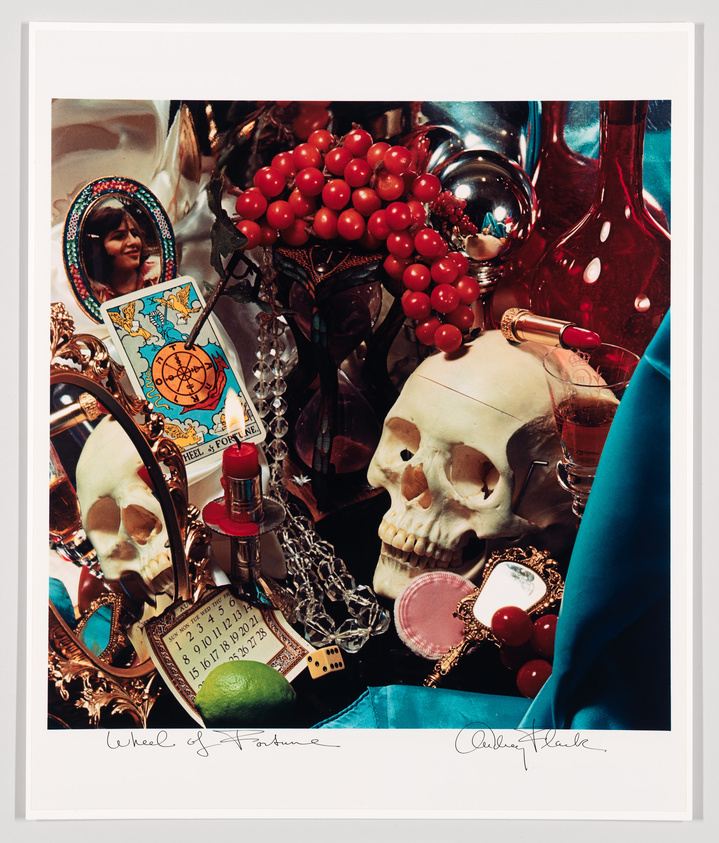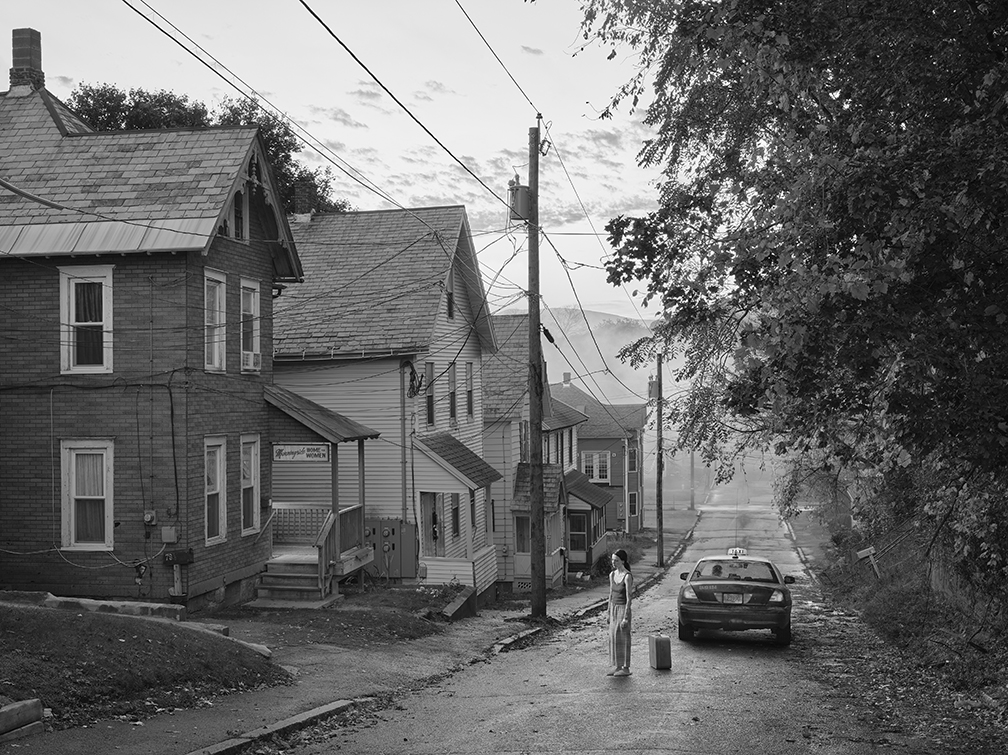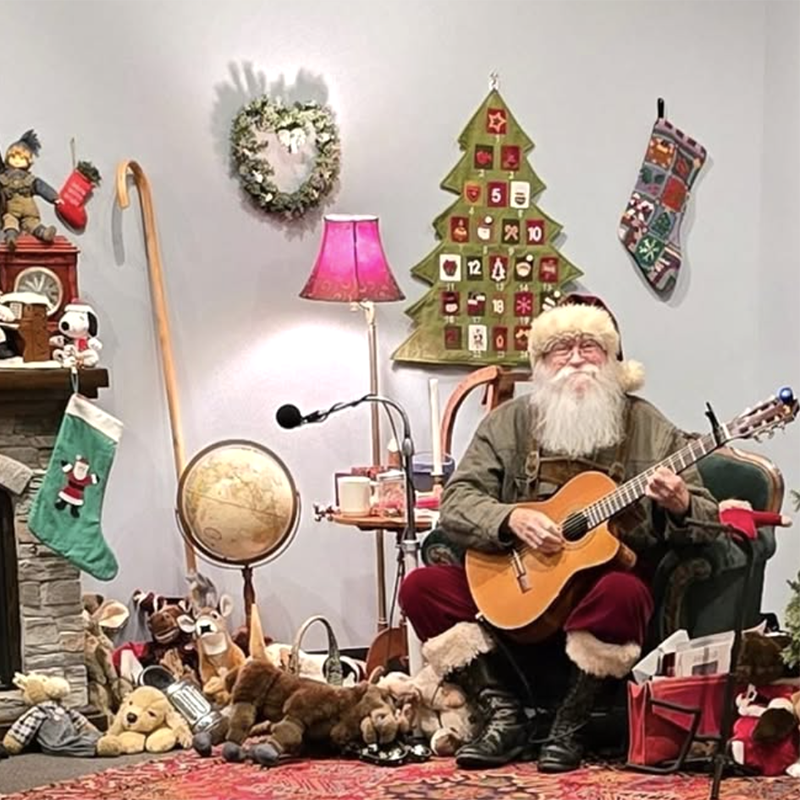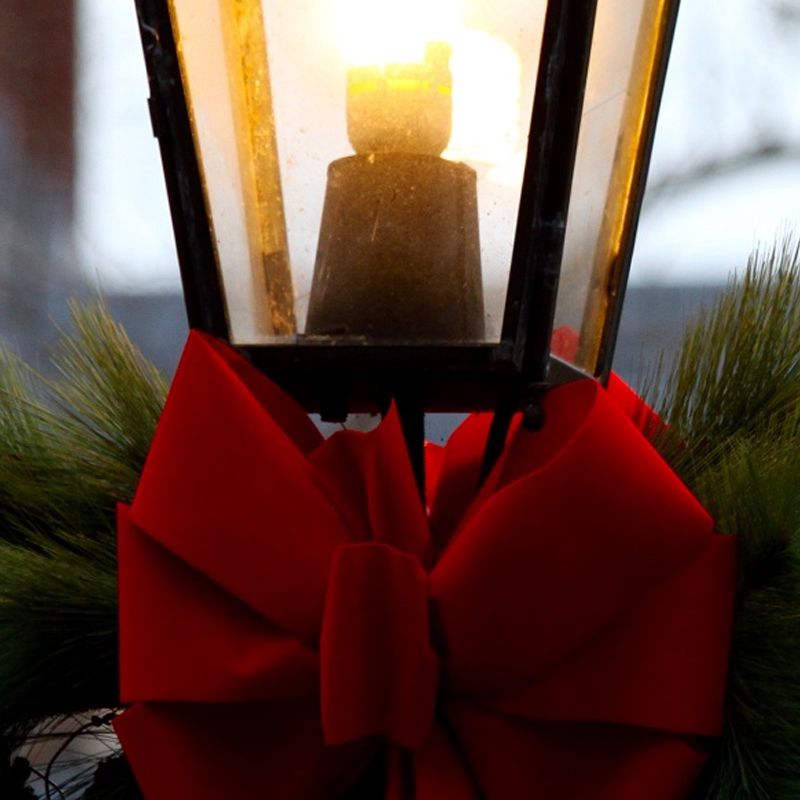
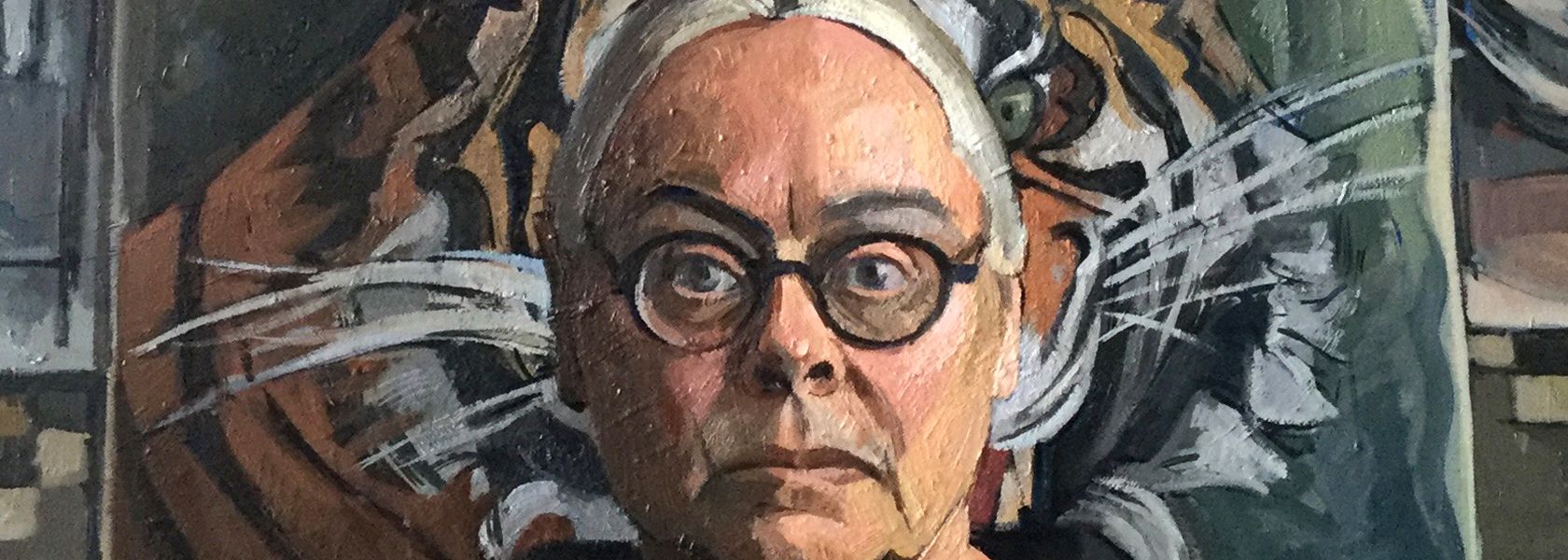
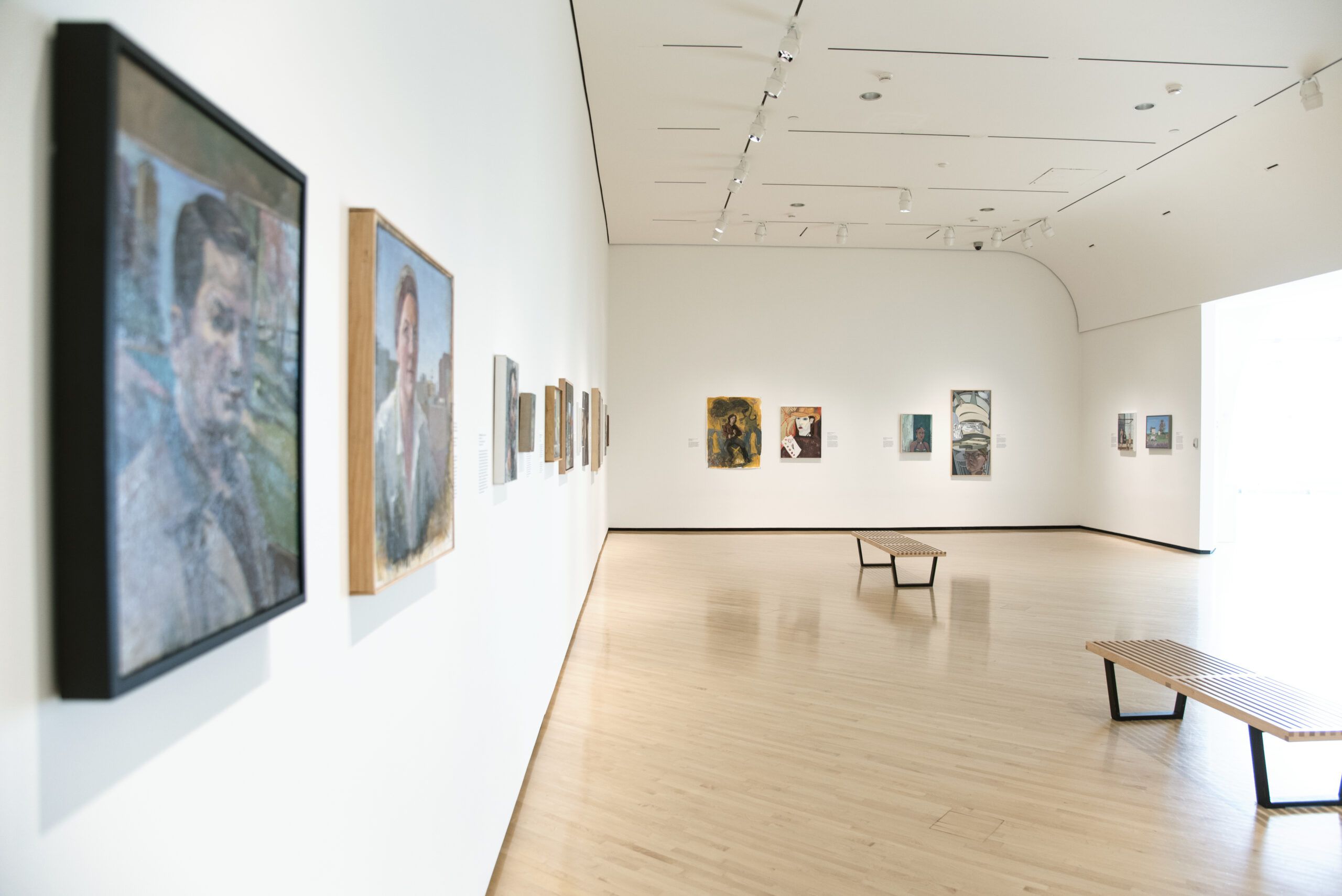
Midwest Paint Group and Invited Guests: Self-Portraits
Feb 16, 2019 – Aug 11, 2019
The Midwest Paint Group is an association of American Midwestern painters committed to “Post Abstract Figuration.” The label comes from New York painter Gabriel Laderman, an early exponent of the return to figurative art that followed the dominance of abstract art in the mid-twentieth century. Since the Midwest Paint Group was established in 1999 they have held several exhibitions and frequently produced accompanying catalogs; a version of the current show, Midwest Paint Group and Invited Guests: Self-Portraits, appeared in 2017 at a cooperative gallery space, the Dutoit Gallery, in Dayton, Ohio.
The present exhibition features self-portraits by twelve Midwest Group Painters alongside an equal number of self-portraits by guest artists. Some of the painters, such as Janet Niewald, Jan Knipe, and Bill White, live and work in the Roanoke region or have connections to it. The exhibition ranges from bust portraits against a neutral ground to portrayals that incorporate evocative interior or landscape spaces, and beyond this to a few paintings in which the artist is not represented literally but instead indirectly through allusive objects or motifs.
While the Midwest Paint Group is committed to figurative art, they find inspiration diversely from a variety of traditions, not only Old Master painting and other pre-abstract traditions, but also from the abstracting tendencies of twentieth-century modernism and even the formal strategies of abstraction itself. The self-portraits in the exhibition recall artists and styles as varied as Cézanne’s Post-Impressionism, Kirchner’s Expressionism, and de Chirico’s Surrealism. As Gabriel Laderman wrote about the Midwest Paint Group in 2005, “They are perhaps more generally committed to the motif and the kind of forming which develops the motif into a painting full of all the joys of abstraction, but in place in a landscape or figure composition. They do not turn their backs on 20th-century modernism, but they can use it to step back into previous centuries and learn from constructional artists there, too.”
About This Exhibition
Exhibiting Midwest Paint Group artists: Linda Carey, Glen Cebulash, Deborah Chlebek, Tina Engels, Timothy King, Lynette Lombard, Jeremy Long, Amy MacLennan, Michael Neary, Janet Niewald, Bill White, Megan Williamson.
Exhibiting guest artists: John Lee, John van Rens, John Benton, Caren Canier, Mary J Arthur, Jason Eisner, Simon Carr, Pat Cole, Guy Cunningham, Jan Knipe, Mike Ananian, Margaret McCann.
SELECTED WORKS
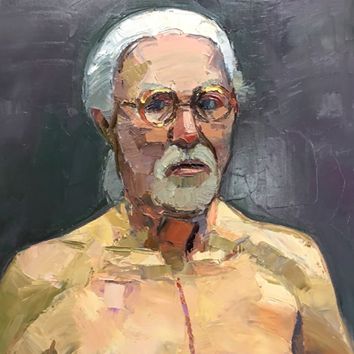
Bill White (American, b. 1945), Self Portrait – After the Surgery (detail), 2016, Oil on linen, 28” x 22”, Courtesy of the Artist

Linda Carey (American, b. 1952), Winter (detail), 2018, Oil on linen pan, 10” X 10”, Courtesy of the Artist
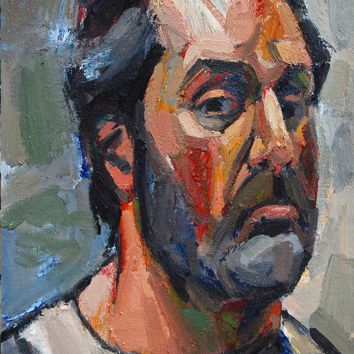
Glen Cebulash (American, b. 1966), Self Portrait (detail), 2018, Oil on canvas, mounted on wood, 16” X 12”, Courtesy of the Artist
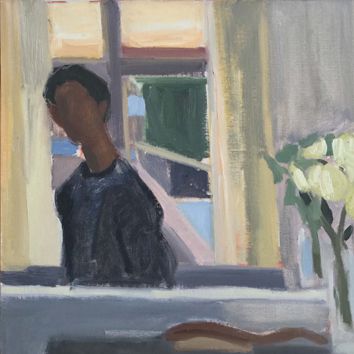
Deborah Chlebek (American, b. 1954), Self Portrait in Holland (detail), 1990, Oil on linen, 14” x 18”, Courtesy of the Artist

Janet Niewald (American, b. 1953), Self-portrait: Stacked – Ex/En/Ne (detail), 2016-17, Oil on linen, 30” x 24”, Courtesy of the Artist
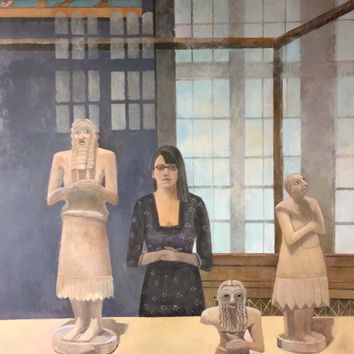
Tina Engles (American, b. 1960), Hoping for Sunshine (detail), 2018, Oil on panel, 20” x 16”, Courtesy of the Artist

Timothy King (American, b. 1956) Self-Portrait (detail), 2018, Oil on canvas, 20” x 16”, Courtesy of the Artist
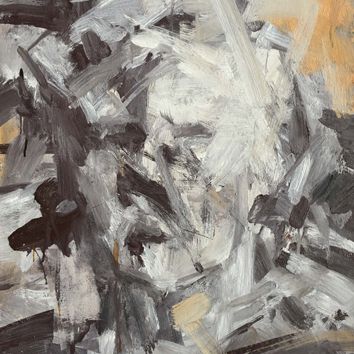
Lynette Lombard (American, b. 1958), Self Portrait (detail), 2006, Oil on canvas, 24” x 18”, Courtesy of the Artist
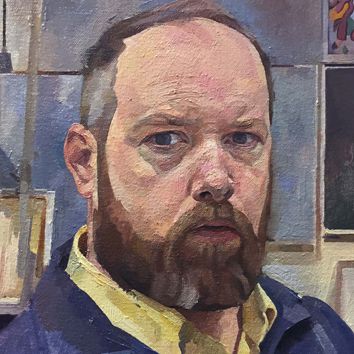
Jeremy Long (American, b. 1971), Self-portrait (detail), 2014, Oil on canvas, 12” x 10”, Courtesy of the Artist

Amy MacLennan (American, b. 1958), Unleashed (again) (detail), 2017, Acrylic on heavy paper, 42” x 32”, Courtesy of the Artist
KEEP EXPLORING

Opening Celebration – Making American Artists: Stories from the Pennsylvania Academy of the Fine Arts, 1776-1976
View Exhibit


